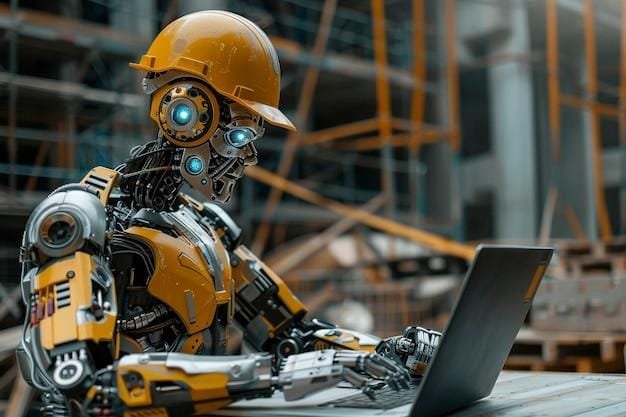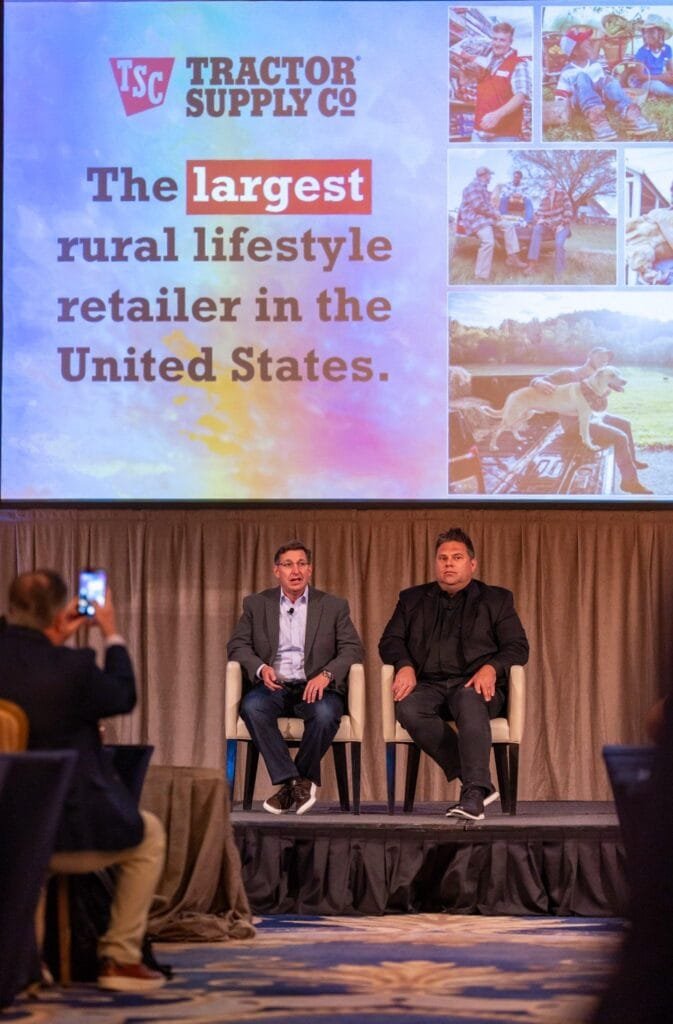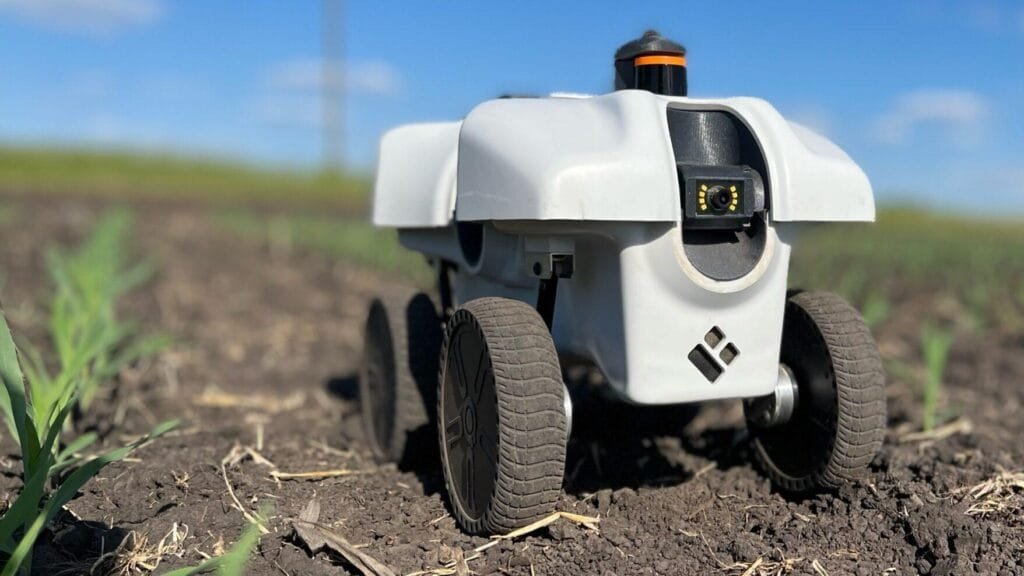Major industries seldom contend with as much unpredictability as agriculture. The field resists simple forecasts, presenting a tapestry of variables where yesterday’s innovation swiftly dulls. A recent acquisition in the arena-John Deere’s purchase of Bear Flag Robotics for $250 million-resurrects that narrative, revealing the shifting tectonics between heritage brands and emerging autonomous technology in modern farming.
Contrary to what everyone expected, the handshake did not happen quietly behind mahogany doors. It came with a wave of controlled fanfare-a rare thing among tractor manufacturers more used to dirt than digital flashbulbs. Bear Flag Robotics, rooted in Silicon Valley rather than Iowa cornfields, had already managed limited deployments of their driverless tractors across American farms before joining forces with Deere. Even so, it is an unusual junction: an archetypal iron-and-steel behemoth acquiring intellectual property born less from diesel fumes and more from Python code.
Speaking about this marriage of domains-mechanical prowess meeting artificial intelligence-Jahmy Hindman, John Deere’s CTO, characterized it as complementary expertise combining forces to tackle “the immense challenge of feeding a growing world.” The phrase underscored one crucial aspect: swelling global populations have transformed mere yield into existential mathematics. Yet there remains contention regarding the rate that these new tractors will replace traditional equipment; sometimes technological solutions experience a swift decline following brief surges in popularity.
Tractors themselves conjure visions both quaint and futuristic now-a dichotomy straight from surrealist paintings or perhaps Terry Gilliam’s films (one might even say it’s all very Brazil). Autonomous machines learn through iterative analysis mediated by advanced sensor networks. However well such terms sit within academic treatises on robotics or machine learning pipelines feels almost secondary because farmhands want reliability over esoteric features.
Human oversight is still essential despite autonomy’s growing allure. This theme emerges again if you pull back for broader perspective; John Deere also recently secured SparkAI’s human-in-the-loop technologies intended to resolve real-time anomalies robots cannot handle unaided. Embedding this safety net represents acknowledgment that pure automation rarely achieves infallibility outside laboratory settings. Developers often refer facetiously to “edge cases”-those tricky scenarios on which algorithms stumble but users inevitably discover after deployment.
Acquisition activity extends beyond singular deals or flagship companies; Yamaha Motor Co., too, has entered this domain by absorbing Robotics Plus Ltd., another entity at the forefront of agricultural machinery innovation. Technological momentum pushes forward at oblique angles-the cast expands continuously but no unifying plot arises except perhaps an incremental drift away from manual labor toward orchestration by microprocessor.
Introducing advanced AI systems changes supply chain logic along subtle gradients poorly represented by flowcharts alone. Within precision agriculture-a sector booming with odd lingo like variable-rate application and auto-guidance-the new expectation is seamless productivity improvements through eclectic means: LIDAR-based object detection where once only mirrors sufficed; dynamic task allocation shaped by real-time satellite uplink instead of fixed scheduling papers stapled together last harvest season.
Some industry watchers have argued that existing workforce skills risk redundancy if machines shouldered ever more responsibility overnight-but oddly enough historical precedent suggests transitions unfold staggered across seasons not evenings swept cleanly under neon lights after late board meetings gone long past dinner time.
What gets lost when examining these advances purely under return-on-investment calculations is the peculiar affective dimension present during dawn patrols on rural tracts straddling foggy valley bottoms: If nobody notices an algorithm executing seed placement perfectly beneath unseen stars does efficiency alone confer satisfaction? Farmers reminisce about vintage implements while reaping fields shadowed distantly by satellites tracking moisture content minute-by-minute (rain dances no longer appear necessary yet some rites endure).
Meanwhile trade journals tout excellence measured less in gross tonnage shifted than bytes processed per minute per acre cultivated-and yet cooperative networks still gather for coffee discussing rumors rather than parsing datasets directly delivered via platform integrations modeled loosely after social media feeds trending elsewhere daily.
Bear Flag’s talents-their arc blending engineering rigor and agronomic savvy-is expected now to circulate rapidly inside John Deere’s supply chain web weaving disparate nodes into something passing only vaguely for legacy tradition alloyed unpredictably with iterative learning cycles paraphrased slightly too optimistically at annual expositions attracting CEOs alongside old hands cautious but curious about what seeds tomorrow might sprout next quarter.
Autonomy may expand further into adjacent segments such as construction equipment or municipal maintenance vehicles although executives periodically revise forecasts due either unexpected technical hurdles or sudden regulatory shifts not entirely anticipated when strategies were first outlined last spring (or was it fall? These dates blur quickly when business cycles turn unevenly).
In saying that progress resembles chess played over telephone wires rather than across evenly-lit boards-with pawns moving independently some days while queens rest idly behind nervous bishops-it bears remembering every fieldworker knows there are roads best walked backward holding onto wisdom gleaned one quiet morning near irrigation lines untangled after midnight storms had left furrows muddied just right for tomorrow.



